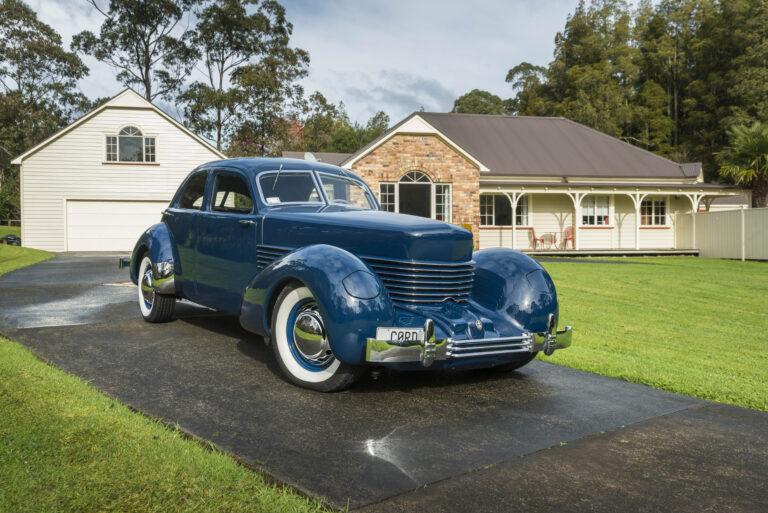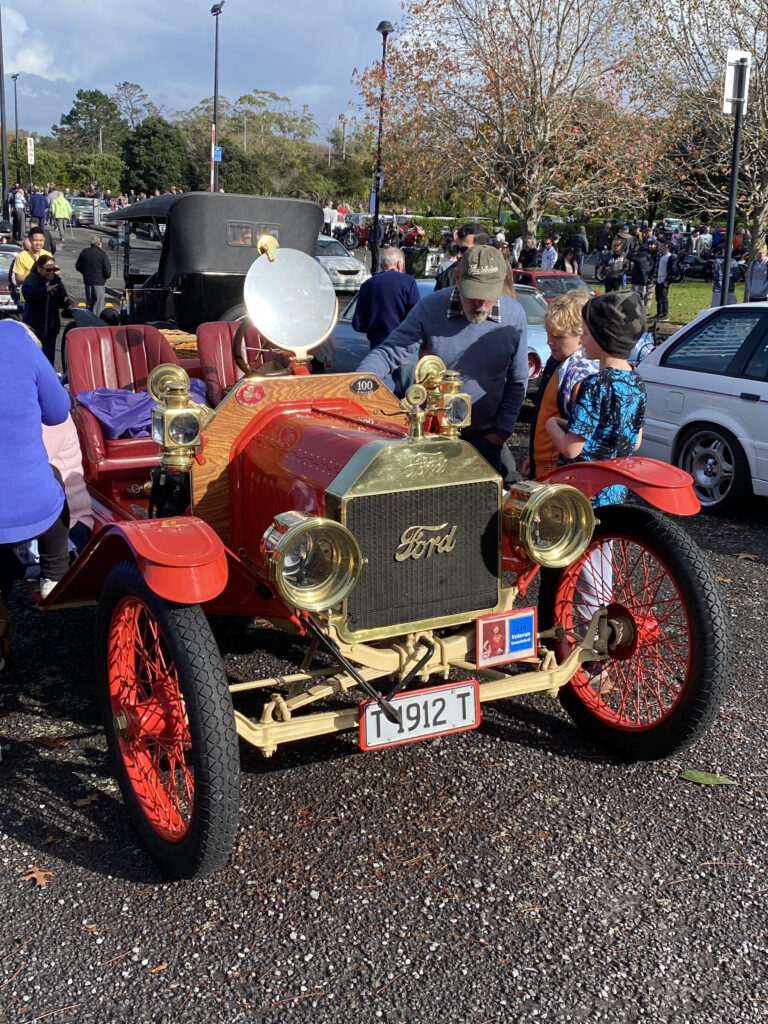Mini designer Alec Issigonis laid down his blueprints for a utilitarian Mini in the early ’60s, and his idea became reality with the Mini Moke’s debut in 1964.
Starting with the standard four-cylinder A-series transverse Mini engine — front-wheel drive, of course — the Moke’s off-road ability was severely curtailed by its low ground clearance, a factor necessitated by the use of 10-inch Mini wheels. However, despite that, as any Mini owner will tell you, these little front-wheel drive marvels can pull themselves out of almost any situation – with the right tyres, and as long as they don’t bottom down in something like mud.

Eventually, BMC fitted 13-inch wheels to the Moke, also popping in their larger 998c motor. The totally open Spartan Moke also eventually received perspex side windows, mud flaps, and wider wheel arches. Later still, the Moke’s utilitarian hood received zip-in doors, and roll bars were added as the more powerful 1275cc engine became available.
In Australia, where all production shifted in 1968, roo bars also became standard. Between 1964 and 1968, around 30,000 Mokes had been built in the UK, but only 1500 were registered in their homeland.

In the ’70s, our Australian cousins relabeled the car as the Moke Californian, and the car was even available with flower power–style floral hoods to complement vibrant colours such as pink and aqua. The final Mokes were built in Portugal up until the early ’80s.

Today, the Mini Moke is considered to be something of a cult car, helped by their exposure in Patrick McGoohan’s infamous ’60s TV series, The Prisoner.


